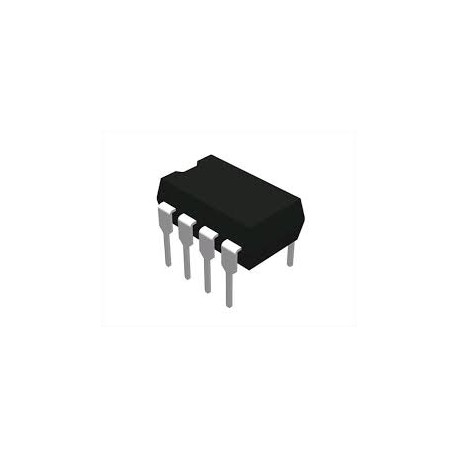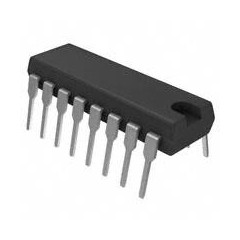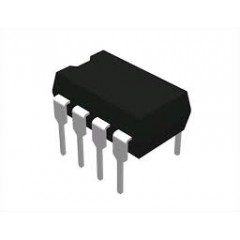 Ver más grande
Ver más grande
¡Disponible sólo en Internet!
Utc31002a Telefonia Tono Ringer Dip8 Itytarg
MLA638604563
Nuevo producto
3 artículos
Advertencia: ¡Últimos artículos en stock!
Más
TELEPHONE TONE RINGER
DESCRIPTION
The UTC 31002A is a bipolar integrated circuit
designed for telephone bell replacement. It can also be
used as alarms or other alerting devices.
FEATURES
*Designed for telephone bell replacement.
*Low current drain for multiple extension of lines.
*Adjustable 2-frequency tone.
*Adjustable warbling rate.
*Built-in hysteresis prevents false triggering and
rotary dial 'CHIRPS'.
*Programmable for initiation current by simple
external resistor
UTC 31002A LINEAR INTEGRATED CIRCUIT
UTC UNISONIC TECHNOLOGIES CO., LTD. 3
QW-R108-005,A
APPLICATION NOTE
The application circuit illustrates the use of the UTC
31002A device in typical telephone tone ringer
application.
The AC ringer signal voltage appears
across the TIP and RING inputs of the circuit and
is attenuated by capacitor C1 and resistor R1.
C1 also provides isolation from DC voltage (48V)
on the exchanged line.
After full wave rectification by the bridge
diode, the wave form is filtered by capacitor C4 to
provide a DC supply for the tone ringer chip.
As this voltage exceeds the initiation voltage (Vsi),
oscillation starts.
With the components shown , the output frequency
chops between 512Hz (FH1) and 640 Hz(FH2)
at a 10 Hz(FL) rate.
The loudspeaker load is coupled through a 1300W
to 8W transformer.
The output coupling capacitor C5 is required with
transformer coupled loads.
When driving a pizeo-ceramic transducer type load,
the coupling C5 and transformer (1300W:8W) are
not required.
However, a current limiting resistor is required.
The low frequency oscillator oscillates at a rate (FL)
controlled by an external resistor (R2) and capacitor
(C2).
The fequency can be determined using the relation
FL=1/1.289 R2* C2. The high frequency oscillates
at a FH1,FH2 controlled by an external resistor (R3)
and capacitor (C3). The frequency can be determined
using the relation FH1=1/1.504 R3*C3 and FH2=
1/1.203 R3*C3.
Pin 2 of the UTC 31002A allows connection of
external resistor RSL, which is used to program the
slope of the supply current vs. supply voltage
characteristics (see Fig.3), and hence the supply
current up to the initiation voltage (Vsi). This initiation
voltage remains constant independent of RSL.
The supply current drawn prior to triggering varies
inversely with RSL, decreasing for increasing value
of resistance. Thus, increasing the value of RSL, will
decrease the amount of AC ringing current required to
trigger the device. As such, longer sucribser loops are
possible since less voltage is dropped per unit length of
loop wire due to the lower current level. RSL can
also be used to compensated for smaller AC coupling
capacitors (C5 on Fig.4) (higher impedance) to the
line which can be used to alter the ringer
equivalence
number of a tone ringer circuit.
The graph in Fig.3 illustrates the variation of supply
current with supply voltage of the UTC 31002A.
Three curves are drawn to show the variation of
initiation current with RSL. Curve B ( RSL=6.8K)
shows the I-V characteristic for UTC 31002A
tone ringer. Curve A is a plot with RSL<6.8KW










